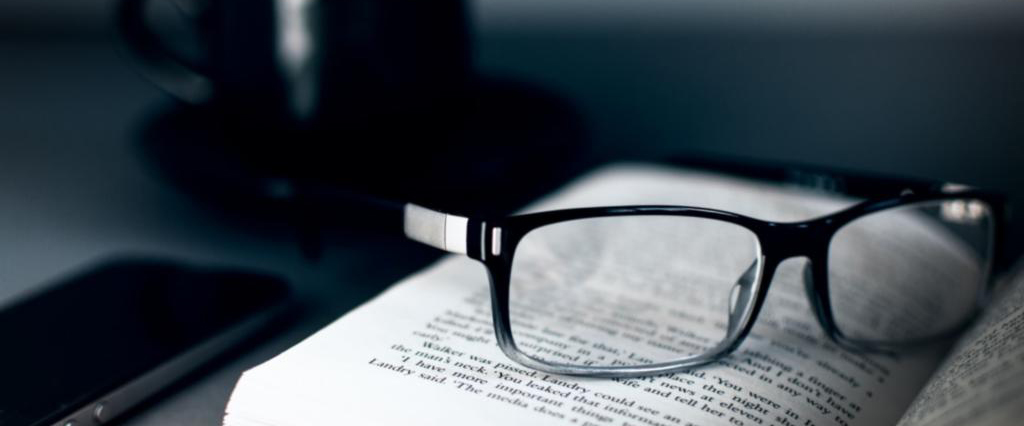Have you ever wondered about what works cannot be copyrighted? Any creative output set in a physical form, whether it is a romance, building design or an audio file, gets the copyright guardianship you would say. And is it really so to some extent. But still the copyright rules can be absolutely unpredictable at times and there is a bunch of different things which are not entitled to copyright protection.
That is why if you have written the next bestselling novel, hit song or thought up a stunning recipe and plan to claim your sole right on it, spend a few minutes and look through a surprising record of items that can be found almost in any work and that cannot be copyrighted and do not forget to check our quick tips about copyright. Ready, steady, go!
Bare ideas, principles, concepts, and methods

The most important copyright requirement is that the work must be presented in a tangible form. Intangible creations cannot be verified and, therefore, federal copyright law will not protect them.
It means if you desire to obtain a copyright protection for your speech on the annual rising startups conference or for a movie idea, you should fix it somehow: write it down in detail, save to hard drive and then claim a copyright to a manuscript. However, even after obtaining legal protection you cannot stop someone from using the initial concept, because only the original words used for the idea expression fall within the range of the copyright law. Ideas, principles, concepts and methods go to the public domain and can be used by other professionals without restriction.
More precise information you can find in “Step-by-step introduction to the copyright registration.“
Names, titles, expressions, and short phrases

The bad news is that you cannot copyright your name, movie or book title, short phrase, business name, product description or a catchy slogan for it. The reason for this restriction is the second copyright requirement: work originality. You would agree that short sayings and slogans rarely bear the sufficient level of originality.
But there is some good news as well. All these things can fall within the trademark protection if they are applied to label a business, product or services in the market.
Recipes and formulas
The idea for this category is really simple. You probably will not find any special words to describe the list of components or the way they will be mixed and cooked. As a result, the lack of originality will not allow your recipe become copyright protected. The same goes for prescriptions and formulas.
But if, for example, you include the recipe into a cookbook or use one-of-a-kind descriptive fashion for an explanation or directions, then the text itself may get the sufficient level of originality to become copyrightable.
General facts
Can you copyright a phrase “The sun shines brightly.”? It conveys commonly known information and besides, there is no authorship related to this statement. So the answer will be “No!”. This category also includes such items as height and weight charts, calendars, except for the original photos and images used for illustration, telephone directories, lists and tables taken from the public documents.
But know what? If you find, let’s say, some funny street names in a phone book and decide to make up a list with the top twenty of them, the chances are high that you can get copyright for that list.
Fashion design
Fashion is all about clothing and accessories, which, in their turn, fall under the Useful Items category and are not copyrightable. Fashion designers can copyright a specific fabric or a dress pattern, item element but not a skirt, dress or coat itself. In spite of the fact that vessel hulls, visual arts, and architectural drafts are protected by the copyright law, the fashion industry bumps into considerable limitations here.
For all that it is useful to remember, if not copyrighted, your unique design can be patented.
Public domain works

As you have probably noticed, NASA’s images are freely used on the web and, following the freedom of speech rule, no one can stop you from copying or sharing them. Works of the U.S. Federal Government are in the public domain. They are not covered by the copyright law and you, as a taxpayer, have a right to use them.
That does not mean, however, that you are free to use all works without exception. Some of them are guarded by the copyright. State and local governments often get the copyright protection for some creative output, they can also refer to state secrecy law and copyright works delivered by contractors. Therefore, before using such work try to study the copyright question first.
Luckily or not, there are things that cannot and, probably, will never get into the copyrighted category. In the days of seemingly total copyright, the bright examples described above will head off you from the wrong way, help to avoid false interpretation and confusion. Can you now say for sure whether your creative output can be copyrighted?
You may also like “Top Copyright Myths“.

